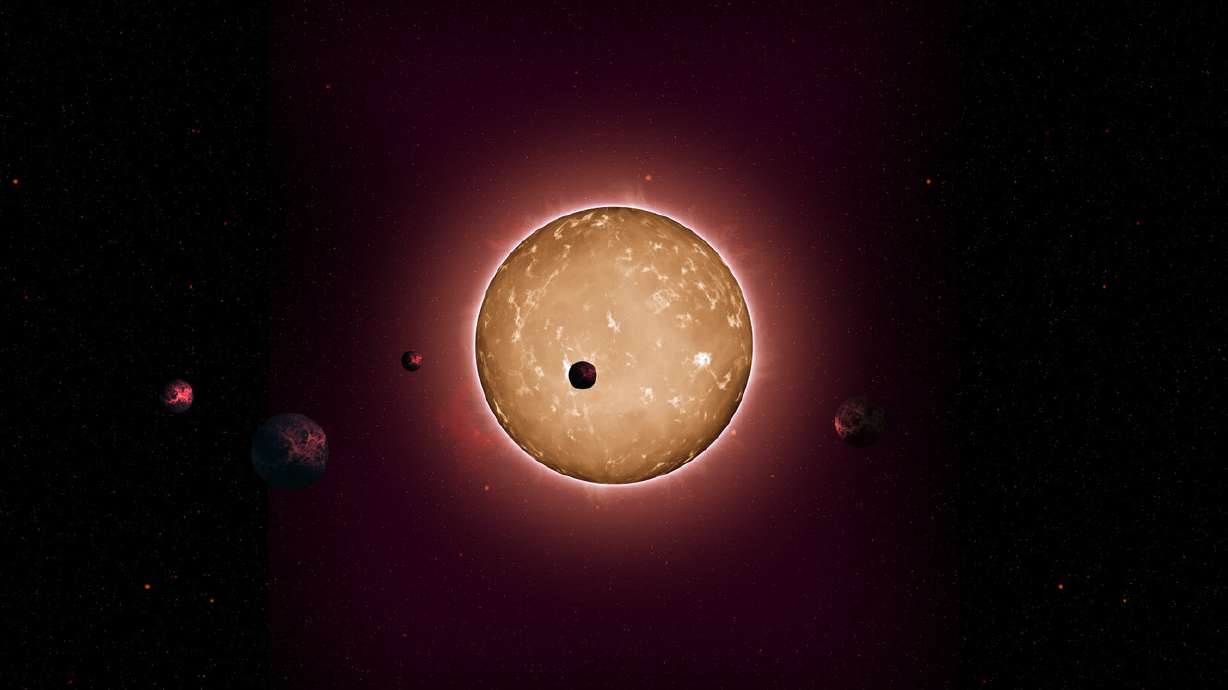Estimated read time: 1-2 minutes
This archived news story is available only for your personal, non-commercial use. Information in the story may be outdated or superseded by additional information. Reading or replaying the story in its archived form does not constitute a republication of the story.
BIRMINGHAM, England — An ancient solar system with five rocky planets was recently discovered by astronomers.
The system, called Kepler-444, is believed to have formed 11.2 billion years ago, making it “the oldest known system of terrestrial-sized planets,” according to NASA. The discovery was made by researchers from the University of Birmingham in England using data from NASA’s Kepler mission.
“There are far-reaching implications for this discovery,” lead researcher Tiago Campante said in a statement. “We now know that Earth-sized planets have formed throughout most of the Universe's 13.8 billion year history, which could provide scope for the existence of ancient life in the Galaxy.”
“By the time the Earth formed, the planets in this system were already older than our planet is today,” he continued. “This discovery may now help to pinpoint the beginning of what we might call the ‘era of planet formation.’”
The five planets are similar in size to Earth and have tight orbits around a Sun-like star, according to researchers. They measured small changes in the star’s brightness to determine the size of the planets and age of the system.
The planets all take less than 10 days to orbit the system’s sun, NASA reported.
"While this star formed a long time ago, in fact before most of the stars in the Milky Way, we have no indication that any of these planets have now or ever had life on them," NASA scientist Steve Howell said in a statement. "At their current orbital distances, life as we know it could not exist on these ancient worlds."
The findings were published in The Astrophysical Journal.








